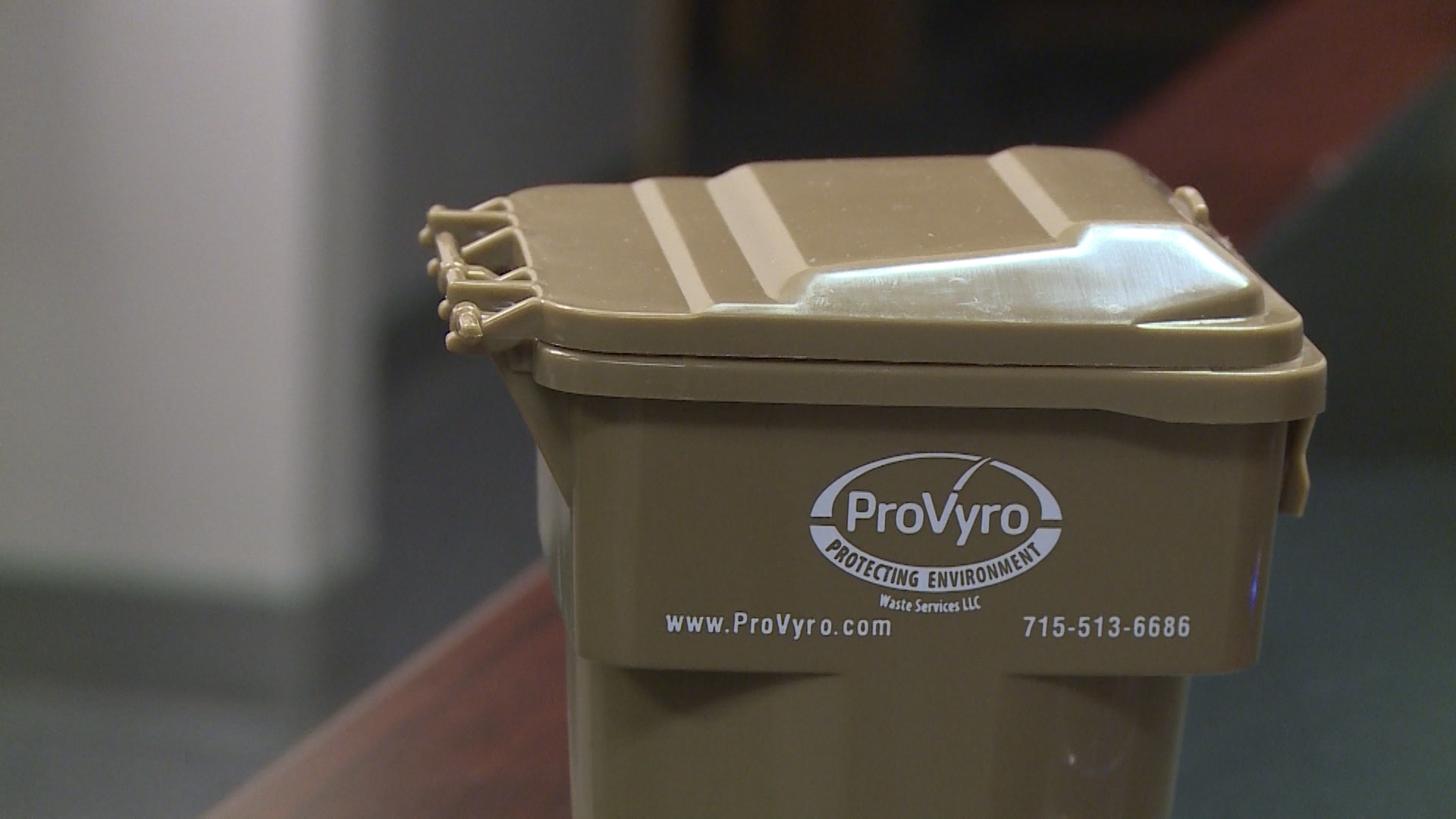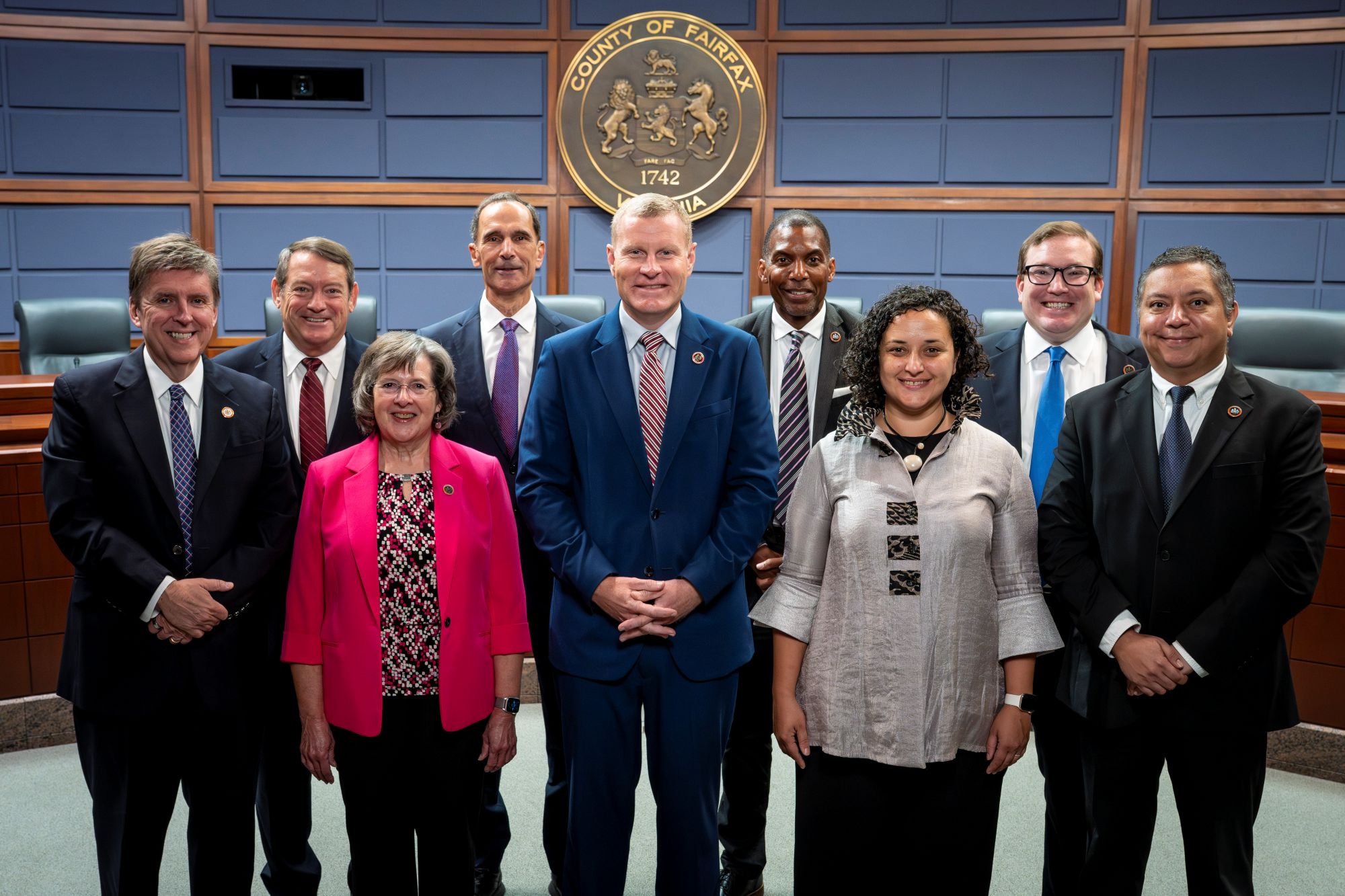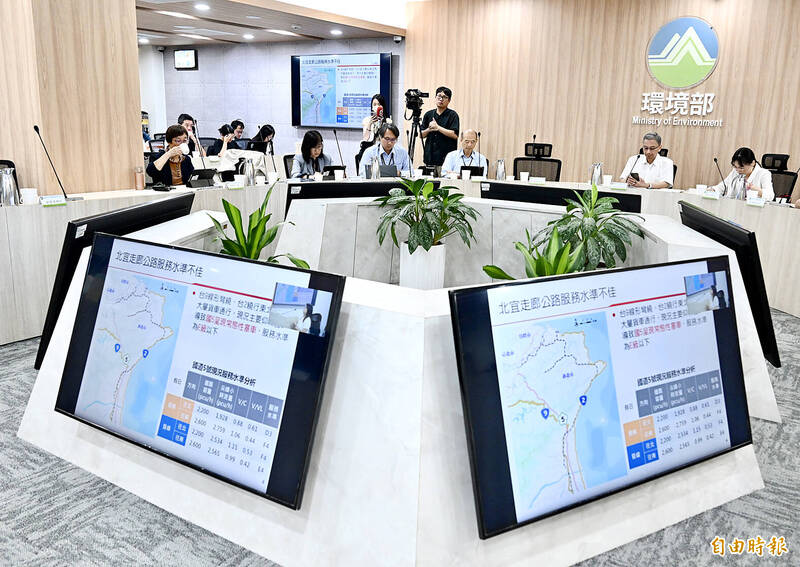Report on Minnesota’s Food Waste-to-Energy Initiative and its Alignment with Sustainable Development Goals
Project Overview: Advancing Sustainable Infrastructure and Innovation (SDG 9)
A new initiative in Newport, Minnesota, is set to transform regional waste management through a $100 million anaerobic digestion facility. Spearheaded by Dem-Con Companies in partnership with the Ramsey-Washington Recycling and Energy Center, the project will convert organic food waste into renewable energy. This investment in green infrastructure represents a significant step towards sustainable industrialization and innovation within the state.
- Project Lead: Dem-Con Companies
- Key Partners: Ramsey-Washington Recycling and Energy Center
- Technology: Anaerobic Digestion
- Investment: $100 million
- Timeline: Groundbreaking scheduled for fall, with operations commencing in 2028.
Addressing Responsible Consumption and Production (SDG 12)
The project directly targets the challenge of sustainable waste management, a core component of SDG 12. Food waste constitutes approximately 24% of household trash, making it the largest single material category sent to landfills. By diverting this organic material, the facility promotes a circular economy model where waste is repurposed as a valuable resource.
- Problem Identification: Food scraps are the most significant component of landfill-bound household waste.
- Proposed Solution: Intercepting and processing organic waste to prevent it from decaying in landfills.
- Impact: Creates a beneficial use for a major waste stream, aligning with targets for reducing waste generation through prevention, reduction, recycling, and reuse.
Commitment to Climate Action (SDG 13)
The initiative offers substantial climate benefits by mitigating greenhouse gas emissions. When food waste decomposes in landfills, it releases methane, a greenhouse gas significantly more potent than carbon dioxide. The anaerobic digestion process captures this gas for productive use.
- The decomposition of food waste in landfills is a primary source of methane emissions.
- The Newport facility is projected to reduce emissions by an estimated 30,000 tons of CO2 equivalent per year.
- Over the 30-year lifespan of the facility, this amounts to a total reduction of 900,000 tons of CO2 equivalent.
Promoting Affordable and Clean Energy (SDG 7)
A key outcome of the project is the generation of clean, renewable energy, contributing directly to SDG 7. The anaerobic digestion process produces biogas, which can be purified into renewable natural gas (RNG) or used to generate electricity.
- Process: Bacteria break down organic waste in an airtight digester, producing biogas (approximately 60% methane and 40% carbon dioxide).
- Output: The biogas is a renewable energy source that can be used for electricity or as fuel.
- Proven Potential: A similar facility, Hometown BioEnergy in Le Sueur, processes over 100,000 tons of feedstock annually, generating enough electricity to power approximately 3,000 homes.
Building Sustainable Cities and Communities (SDG 11)
By providing a sustainable solution for a significant portion of municipal solid waste, the project enhances the environmental performance of cities and communities in the Ramsey and Washington counties. It reduces landfill dependency and creates a more resilient and sustainable local energy and waste management system.
- Reduces the volume of waste sent to landfills, extending their operational life.
- Supports the development of integrated and sustainable municipal waste management systems.
- Demonstrates a pioneering model for other U.S. communities, supported by state legislation that provides a framework for utilities to reduce emissions through renewable natural gas development.
Analysis of Sustainable Development Goals (SDGs) in the Article
1. Which SDGs are addressed or connected to the issues highlighted in the article?
- SDG 7: Affordable and Clean Energy
- SDG 9: Industry, Innovation and Infrastructure
- SDG 11: Sustainable Cities and Communities
- SDG 12: Responsible Consumption and Production
- SDG 13: Climate Action
2. What specific targets under those SDGs can be identified based on the article’s content?
-
SDG 7: Affordable and Clean Energy
- Target 7.2: By 2030, increase substantially the share of renewable energy in the global energy mix.
Explanation: The article focuses on a project to turn food waste into renewable energy (biogas and renewable natural gas). It explicitly states the goal is to “take something that would otherwise sit in a landfill and get a beneficial use out of it,” which in this case is energy. The biogas produced “can produce electricity” and can be transformed into “renewable natural gas, which can be used as fuel.”
- Target 7.2: By 2030, increase substantially the share of renewable energy in the global energy mix.
-
SDG 9: Industry, Innovation and Infrastructure
- Target 9.4: By 2030, upgrade infrastructure and retrofit industries to make them sustainable, with increased resource-use efficiency and greater adoption of clean and environmentally sound technologies and processes.
Explanation: The article describes a “$100 million project” to build a new facility using a clean technology known as “anaerobic digestion.” This represents a significant upgrade in waste management infrastructure, moving from landfilling to a process that creates a valuable product (energy) and reduces environmental impact. The article highlights this as an “ambitious new project” and a “pioneering” effort in the state.
- Target 9.4: By 2030, upgrade infrastructure and retrofit industries to make them sustainable, with increased resource-use efficiency and greater adoption of clean and environmentally sound technologies and processes.
-
SDG 11: Sustainable Cities and Communities
- Target 11.6: By 2030, reduce the adverse per capita environmental impact of cities, including by paying special attention to air quality and municipal and other waste management.
Explanation: The project is a direct response to the challenge of managing municipal waste from the “Ramsey-Washington Recycling and Energy Center.” The article notes that “food waste makes up about 24%” of what “households tend to throw away.” By diverting this waste from landfills, the project directly addresses municipal waste management and reduces its adverse environmental impact, specifically the emission of “methane, a powerful greenhouse gas.”
- Target 11.6: By 2030, reduce the adverse per capita environmental impact of cities, including by paying special attention to air quality and municipal and other waste management.
-
SDG 12: Responsible Consumption and Production
- Target 12.3: By 2030, halve per capita global food waste at the retail and consumer levels and reduce food losses along production and supply chains.
Explanation: The project tackles consumer-level food waste, which the article identifies as “24%” of household trash. While not preventing the waste, it creates a sustainable pathway for it, contributing to the overall goal of managing and reducing the impact of food waste. - Target 12.5: By 2030, substantially reduce waste generation through prevention, reduction, recycling and reuse.
Explanation: The entire initiative is centered on reducing the amount of waste sent to landfills. The article quotes a goal to “keep as much of it as possible away from the landfill” and to “pull out of the waste stream.” The anaerobic digestion process is a form of recycling organic waste into energy, fitting the “reduction, recycling and reuse” model.
- Target 12.3: By 2030, halve per capita global food waste at the retail and consumer levels and reduce food losses along production and supply chains.
-
SDG 13: Climate Action
- Target 13.2: Integrate climate change measures into national policies, strategies and planning.
Explanation: The project is explicitly framed as a way to “cut down on the impact on the climate.” It directly addresses the emission of methane from rotting food waste in landfills. The article also mentions that the state “Legislature approved a law providing a framework for utilities to reduce greenhouse gas emissions this way,” showing an integration of climate action into regional policy and strategy.
- Target 13.2: Integrate climate change measures into national policies, strategies and planning.
3. Are there any indicators mentioned or implied in the article that can be used to measure progress towards the identified targets?
-
For Target 7.2 (Increase renewable energy share)
- Indicator: Amount of renewable energy produced.
From the article: The biogas produced is “enough to power about 3,000 homes every year.”
- Indicator: Amount of renewable energy produced.
-
For Target 11.6 / 12.5 (Reduce waste and its impact)
- Indicator: Amount of waste diverted from landfills and recycled.
From the article: The plant will “process over 100,000 tons of feedstock every year.” This is waste that is diverted from landfills. - Indicator: Proportion of municipal waste that is food waste.
From the article: “food waste makes up about 24%, making it more than any other single material that ends up in a landfill.” The project’s success can be measured by how much of this percentage is captured.
- Indicator: Amount of waste diverted from landfills and recycled.
-
For Target 13.2 (Integrate climate measures)
- Indicator: Reduction in greenhouse gas emissions.
From the article: The project “reduces emissions by 30,000 tons of CO2 per year, and 900,000 tons over the 30-year life of the facility.” This provides a direct, quantifiable measure of climate impact.
- Indicator: Reduction in greenhouse gas emissions.
4. Summary Table of SDGs, Targets, and Indicators
| SDGs | Targets | Indicators |
|---|---|---|
| SDG 7: Affordable and Clean Energy | 7.2: Increase substantially the share of renewable energy in the global energy mix. | Energy produced is “enough to power about 3,000 homes every year.” |
| SDG 9: Industry, Innovation and Infrastructure | 9.4: Upgrade infrastructure and retrofit industries to make them sustainable… with greater adoption of clean and environmentally sound technologies. | A “$100 million project” to build a new anaerobic digestion facility. |
| SDG 11: Sustainable Cities and Communities | 11.6: Reduce the adverse per capita environmental impact of cities, including… municipal and other waste management. | Diverting a portion of household waste, where “food waste makes up about 24%.” |
| SDG 12: Responsible Consumption and Production | 12.3: Halve per capita global food waste at the… consumer levels.
12.5: Substantially reduce waste generation through… recycling and reuse. |
The plant will “process over 100,000 tons of feedstock every year,” recycling it into energy. |
| SDG 13: Climate Action | 13.2: Integrate climate change measures into national policies, strategies and planning. | “Reduces emissions by 30,000 tons of CO2 per year.” |
Source: weau.com






